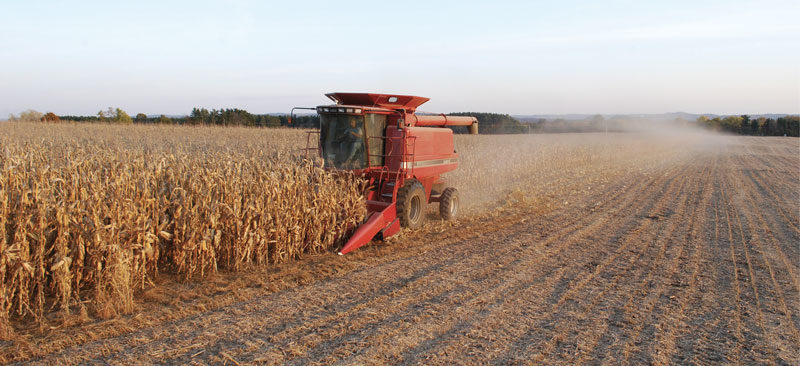No-Till Farmer
Get full access NOW to the most comprehensive, powerful and easy-to-use online resource for no-tillage practices. Just one good idea will pay for your subscription hundreds of times over.

It’s often said that a successful season in a no-till system starts with last season’s harvest. That means how no-tillers and strip-tillers manage field residue can either help or hurt when it comes time to plant the following spring.
Approaches to residue management may vary regionally, and practices may also depend on soil types, climate and geography. As you begin this season’s harvest, consider the following tips both farmers and industry experts have shared for better residue management.
Many farmers and manufacturers agree that proactive residue management can start as early as harvest. West Brooklyn, Ill., strip-tiller Dave Delhotal feels that the right corn head can be a game changer, but he adds that it’s just as important to make sure the residue, however it’s cut, ends up at the base of the plant.
“We’re using Calmer Corn Head rolls now because they chop residue up into a nice confetti, but they also leave it right at the base of the plant,” he says. “Just a regular knife-rolled corn head will leave those long pieces of stalk laying out.
“Sometimes those pieces will get grabbed up by coulters on a strip-till rig and thrown back on top of the strip. To make sure we’re spreading the chaff evenly, we use John Deere’s PowerCast tailboard rather than just the standard fins.”
One way to manage residue is to limit it. Penn State University Extension recommends raising the corn header to avoid taking in…